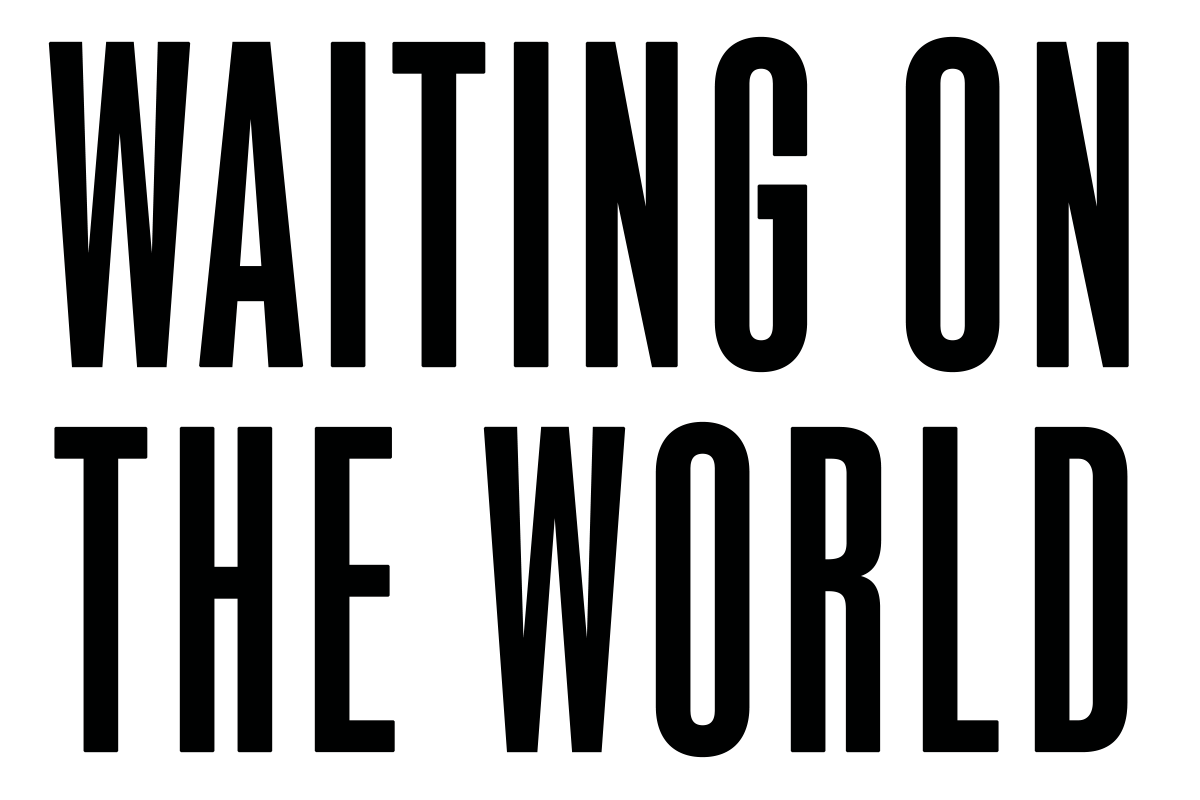Mikaela Stafford - Visual Artist
This week, WOTW spoke with 3 artists at art & design event Semi Permanent Sydney.
First up, Mikaela Stafford a visual artist based in Naarm / Melbourne - Australia. Over the years she has worked across a variety digital & physical projects including stage design and installation. Since the pandemic her focus has been 3D motion graphics, her work is heavily inspired by a type research called Technobiophilia. Mikaela’s strong visual aesthetic has has peaked the interest of a range of brands from Nike to Mecca Beauty.
HARRI: Your work whilst digital, has a sense of the natural. How would you describe your work?
MIKAELA: A lot of my work is really inspired by this area of research called Technobiophilia, which is the harmonization between elements in the natural world and emerging technologies. So I guess the intention is not to create anything that's figurative or representative of anything that actually exists, but because it's very biomorphic and natural, it feels like a sense of familiarity, but it's also nothing that actually exists.
”it feels like a sense of familiarity, but it's also nothing that actually exists.”
HARRI: Recently you've been re-creating these naturally inspired but digitally designed pieces in a physical space, how did that come about?
MIKAELA: My background was in installation and stage design, before the pandemic. During lockdown, that's when I taught myself 3D motion graphics and with my background and experience, sculpture has always been like a huge component of what my real passion is and now integrating the 3D motion graphics into my workflow, I'm able to kind of mock up and do renders of sculptures.
HARRI: I have to ask, what programs and tech are you using in your practice?
MIKAELA: All of my 3D work is made in Cinema 4D and I use Redshift as my render engine. I don't do a lot of post-production. I try and get everything complete and composited in cinema as possible. It's a great program because I can kind of export files that are like ready to be 3D printed or can be seen digitally. I'm supplying fabricators with 3D models and using C and C machines that look kind of like robot arms, they are going to carve back material to reveal the form that I supply, which is a really interesting way of kind of like marrying these like emerging technologies and softwares with really natural elements, like timber.
HARRI: Are you using AI in your process and how do you think it will affect your work, what are you general thoughts on AI in our industry?
MIKAELA: A.I. is an inevitability. I don't think it's worth fighting against. I think it's something that needs to be embraced and something that people really need to consider how they could integrate it into their daily lives. But I think the fear and uncertainty that's around it is really warranted. And that's why policies need to be put in place to kind of keep people safe because the technology is evolving faster than what we can keep up with. I don't actually use it that much in my workflow at this stage. One of the things that I do use it for, is upscaling animations. (With the use of Topaz) It can read the pixels and kind of bring it up to 4k/8k . You can use it to save noisey or low res imagery.
HARRI: Do you think AI will “take our jobs” as artists, are you worried?
MIKAELA: I think there's definitely mundane elements to life that it could help streamline, which I'm all about, but I don't think it would necessarily replace the artist because I think that kind of undermines the importance of perspective and storytelling that comes from an artist. It's not always about the output. It's really important, how it was made, where it was made or what it was made with. The storytelling in process, I don't think is ever going to go away.
HARRI: How do you attract the right commercial projects? Are you selective in ensuring you’re creating work that aligns with your aesthetic?
MIKAELA: I'm fortunate enough to be offered projects where there's a lot of creative freedom. Obviously, there's a brief, there's guidelines, but I'm at this point where if there's not enough creative freedom or if we're not seeing eye to eye on the vision. Then that's okay, I'd rather not do it. I think there's a really interesting, cultural shift happening in the industry where brands are willing to trust and hand over creative direction to artists instead of their design teams, which is a really interesting kind of adaptation. I definitely think developing personal style actually makes the process of working on commercial campaigns way more interesting and exciting because you share the same vision, as opposed to working on something that doesn't necessarily align.
”There's a really interesting, cultural shift happening in the industry where brands are willing to trust and hand over creative direction to artists”
Mecca - Future Beautiful Campaign 2023
HARRI: Ok to finish off, what does your art mean to you?
MIKAELA: That's a big question. I think it's definitely a place for me to kind of escape into and go into, even though it's virtual. I'm creating environmental places and I enjoy hyper fixating, building and navigating somewhere that doesn't exist, I haven't seen or experienced before. I think that sense of possibility and like infinite potential is really exciting to me and I'm really fascinated with that. Particularly with 3D, when you have a blank canvas, it's essentially just like an infinite void of virtual space. I love it.
Follow the artist @mikaelastafford
Join our community @waitingontheworld






